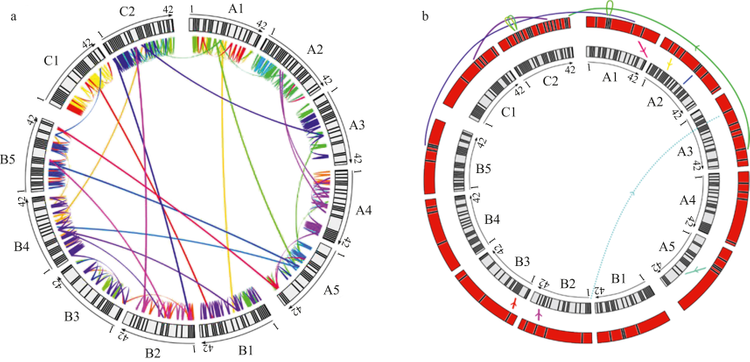Genome-based typing reveals rare events of patient contamination with Pseudomonas aeruginosa from other patients and sink traps in a medical intensive care unit
##Aim
We used genome-based typing data with the aim of identifying the routes of acquisition of Pseudomonas aeruginosa by patients hospitalized in a medical intensive care unit (MICU) over a long period in a non-epidemic context.
##METHODS
his monocentric prospective study took place over 10 months in 2019 in a 15-bed MICU that applies standard precautions of hygiene. Lockable sink traps installed at all water points of use were bleach disinfected twice a week. We sampled all sink traps weekly to collect 404 P. aeruginosa environmental isolates and collected all P. aeruginosa isolates (N = 115) colonizing or infecting patients (N = 65). All isolates had their phenotypic resistance profile determined and their genome sequenced, from which we identified resistance determinants and assessed the population structure of the collection at the nucleotide level to identify events of P. aeruginosa transmission.
##RESULTS
All sink traps were positive for P. aeruginosa, each sink trap being colonized for several months by one or more clones. The combination of genomic and spatiotemporal data identified one potential event of P. aeruginosa transmission from a sink trap to a patient (1/65, 1.5%) and six events of patient cross-transmission, leading to the contamination of five patients (5/65, 7.7%). All transmitted isolates were fully susceptible to β-lactams and aminoglycosides.
##CONCLUSION
Genome-based typing revealed the contamination of patients by P. aeruginosa originating from sink traps to be infrequent (1.5%) in an MICU with sink trap-bleaching measures, and that only 7.7% of the patients acquired P. aeruginosa originating from another patient.
